Forums
- Forums
- Duggy's Reference Hangar
- USAAF / USN Library
- Lockheed P-38M Lightning
Lockheed P-38M Lightning
Post a reply
- Go to Previous topic
- Go to Next topic
- Go to Welcome
- Go to Introduce Yourself
- Go to General Discussion
- Go to Screenshots, Images and Videos
- Go to Off topic
- Go to Works in Progress
- Go to Skinning Tips / Tutorials
- Go to Skin Requests
- Go to IJAAF Library
- Go to Luftwaffe Library
- Go to RAF Library
- Go to USAAF / USN Library
- Go to Misc Library
- Go to The Ops Room
- Go to Made in Germany
- Go to Campaigns and Missions
- Go to Works in Progress
- Go to Juri's Air-Raid Shelter
- Go to Campaigns and Missions
- Go to Works in Progress
- Go to Skinpacks
- Go to External Projects Discussion
- Go to Books & Resources
-
 Main AdminEarly in 1943, at least two unidentified P-38Fs were modified in the field by the Fifth Air Force as single-seat night fighters by fitting an SCR540 radar with yagi antennae on the nose on both sides of the central nacelle, and above and below the wings. In order to make room for the radar, two of the 0.50-inch machine guns and their ammunition boxes had to be moved forward. Three P-38Js were also modified in the field as experimental night fighters.
Main AdminEarly in 1943, at least two unidentified P-38Fs were modified in the field by the Fifth Air Force as single-seat night fighters by fitting an SCR540 radar with yagi antennae on the nose on both sides of the central nacelle, and above and below the wings. In order to make room for the radar, two of the 0.50-inch machine guns and their ammunition boxes had to be moved forward. Three P-38Js were also modified in the field as experimental night fighters.
However, these modifications were all single seaters, and it was found that the flying of the plane and the operation of the radar was too much of a job for just one person. Consequently, Lockheed attempted to adapt the P-38L as a two-seat night fighter. In 1944, Lockheed converted P-83L-5-LO Ser No 44-25237 as a two-seat night fighter, with the radar operator sitting aft of the pilot under a raised section of the canopy. The aircraft was fitted with an AN/APS-6 radar in an external radome underneath the nose, relocated radio equipment and anti-flash gun muzzles.
This modification was successful, and provided the USAAF with a night fighter having a top speed of 406 mph at 15,000 feet as compared to only 369 mph at 20,000 feet for the Northrop P-61A Black Widow. Consequently, the Army issued a contract change calling for the Lockheed Modification Center in Dallas to convert 80 additional P-38L-5-LOs into P-38M twin-seat night fighters (some sources give 75, but 80 serials are identified). They were painted glossy black overall. These were just entering service when the war ended. The P-38M saw operational service in the Pacific in the last few days of the war. It was an effective night fighter with very little performance penalty over the standard single-seat Lightning.
Flash eliminators were fitted to all guns, mainly to aid the pilot in retaining night vision when they were fired. Experiments were conducted with the object of shielding the turbosupercharger exhaust, but the entire exhaust system was so hot that it glowed at night, making the small reduction of visibility possible with the shielding of the actual efflux relatively pointless. Consequently, no modifications of the exhaust system were undertaken on "production" P-38Ms. Initial climb rate was 3075 feet per minute, and an altitude of 20,000 feet could be attained in 8.7 minutes.
A total of 80 P-38Ls were converted to P-38M configuration. Serials of P-38Ls converted to P-38M configuration were as follows: 44-26831, 26863, 26865, 26892, 26951, 26997, 26999, 27000, 27108, 27233, 27234, 27236, 27237, 27238, 27245, 27249, 27250, 27251, 27252, 27254, 27256, 27257, 27258, 53011, 53012, 53013, 53014, 53015, 53016, 53017, 53019, 53020, 53022, 53023, 53025, 53029, 53030, 53031, 53032, 53034, 53035, 53042, 53050, 53052, 53056, 53062, 53063, 53066, 53067, 53068, 53069, 53073, 53074, 53076, 53077, 53079, 53080, 53082, 53083, 53084, 53085, 53086, 53087, 53088, 53089, 53090, 53092, 53093, 53094, 53095, 53096, 53097, 53098, 53100, 53101, 53106, 53107, 53109, 53110, 53112.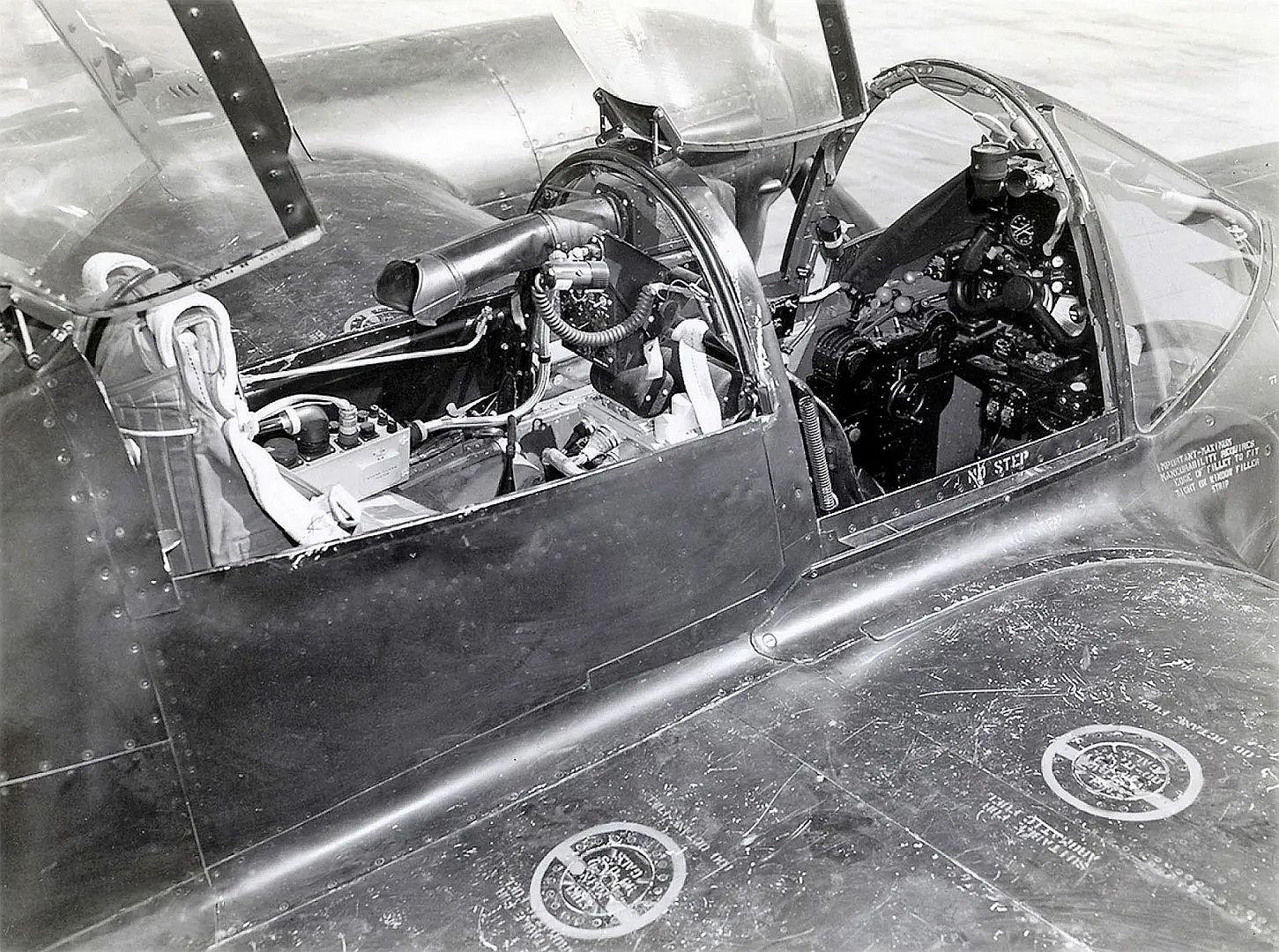

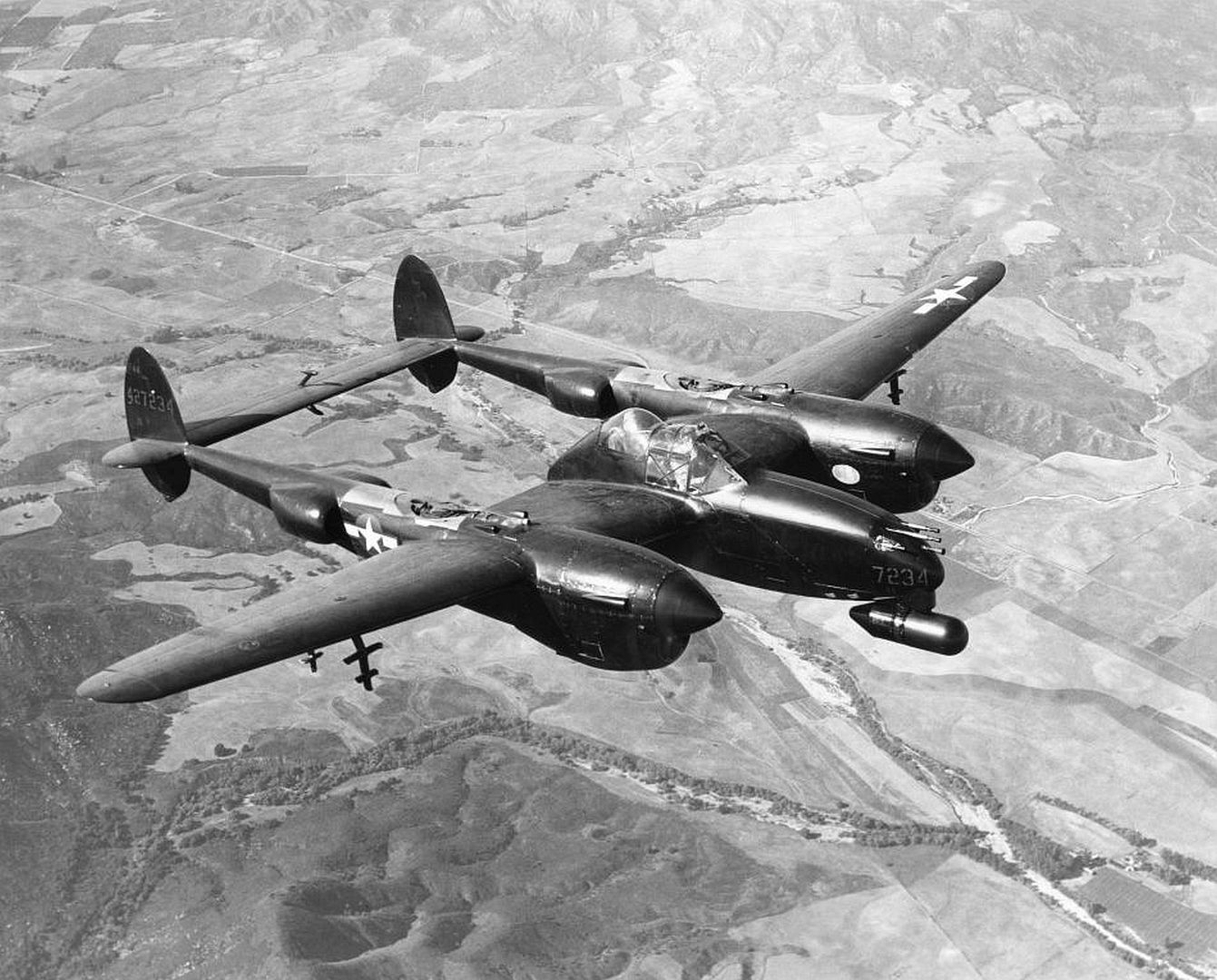
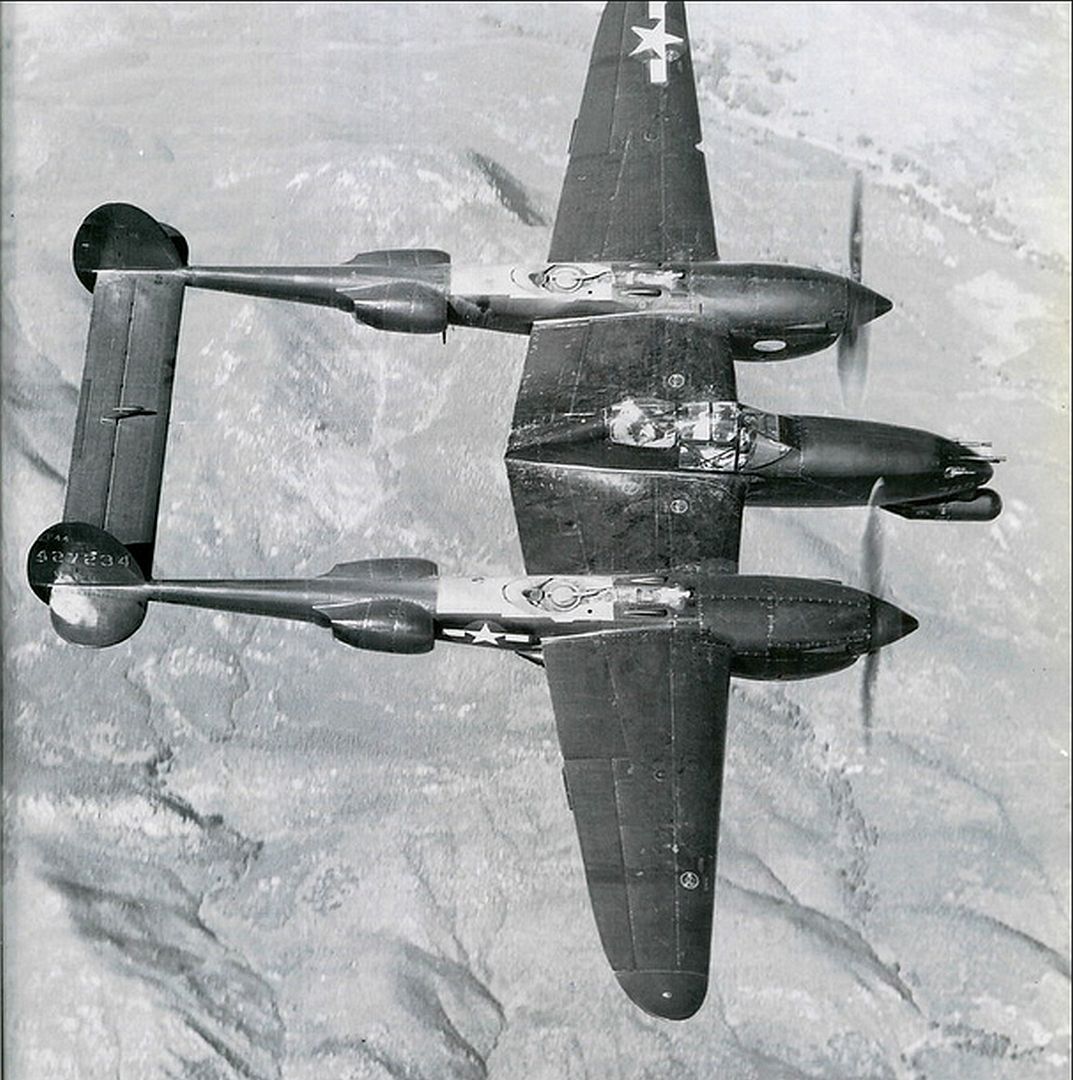
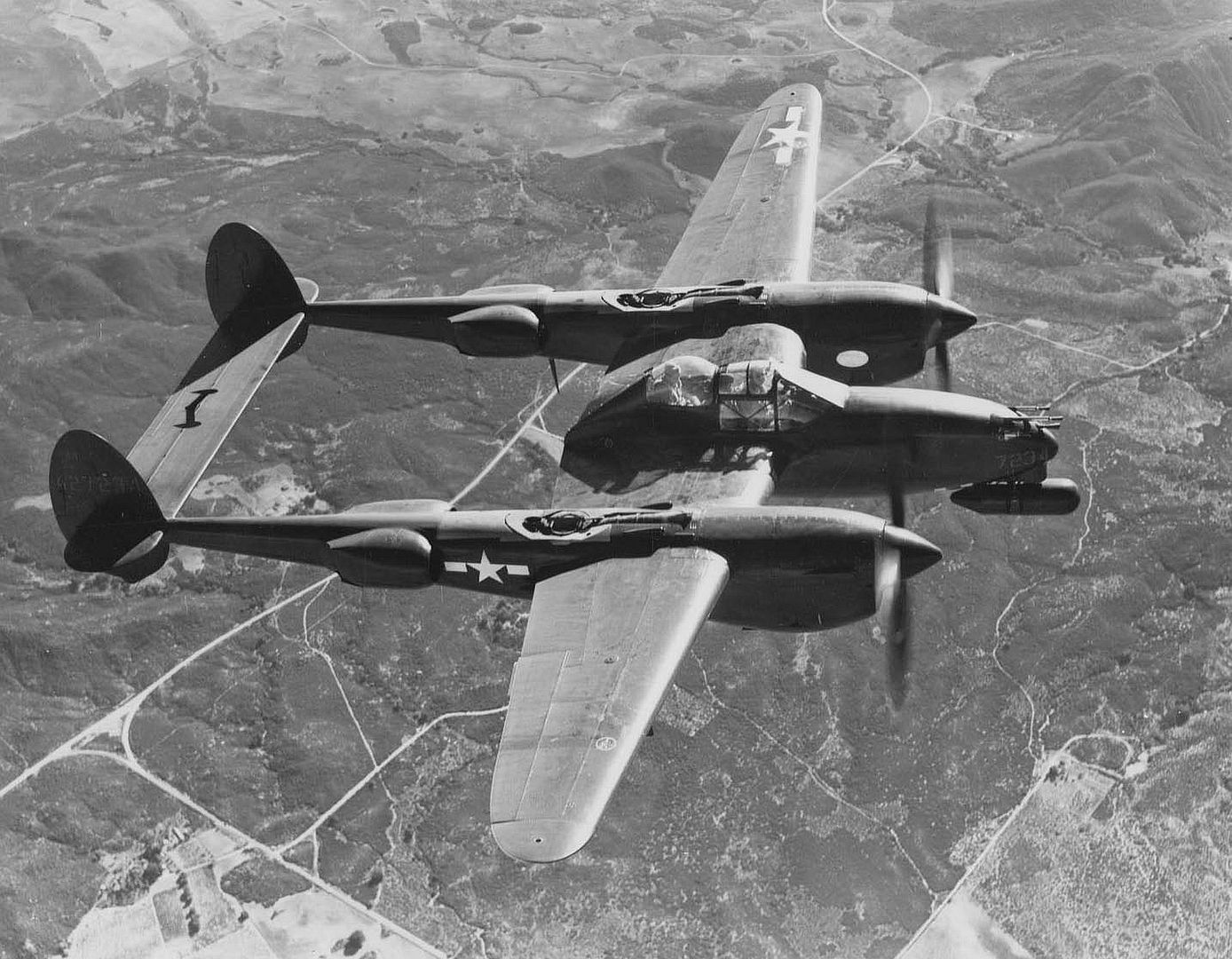
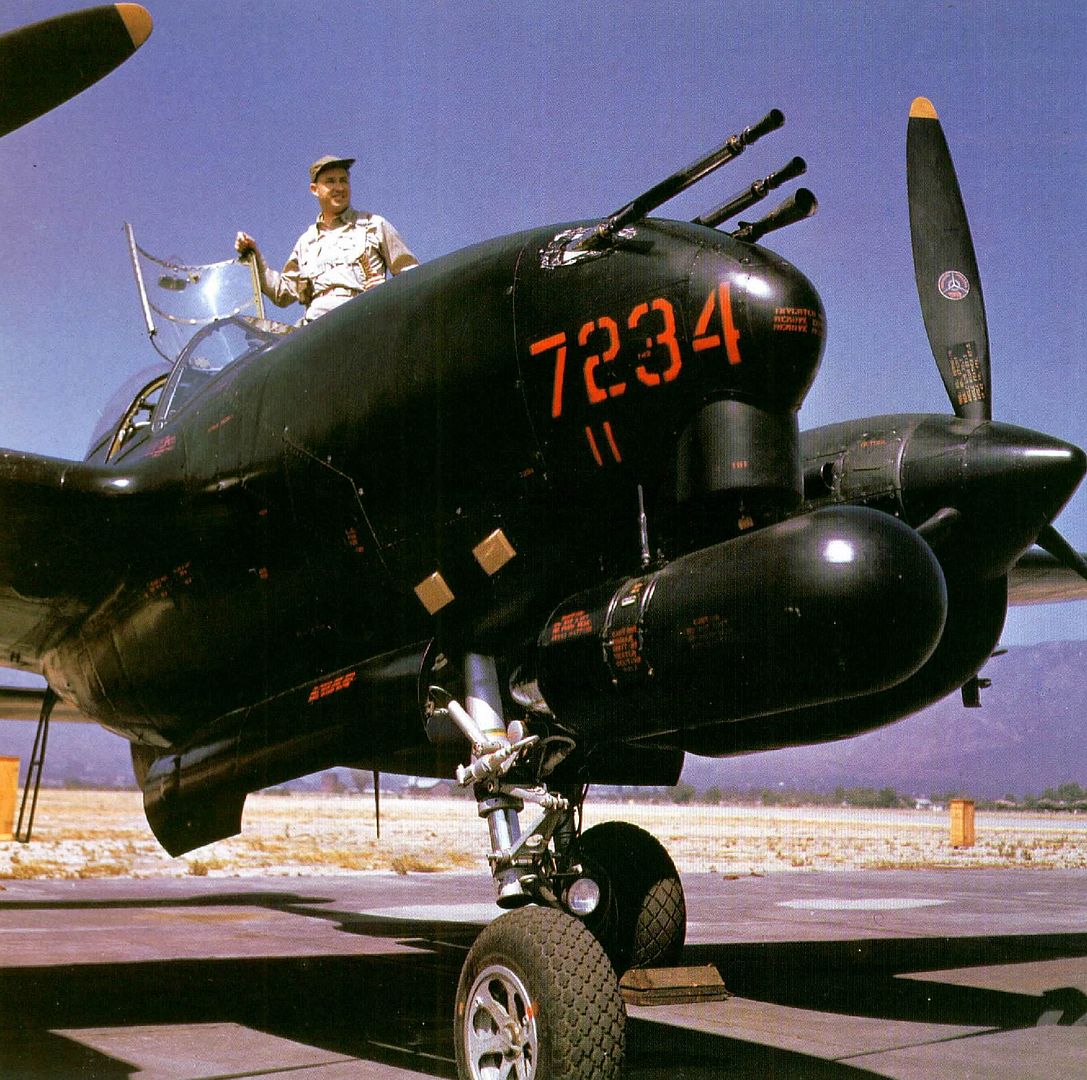
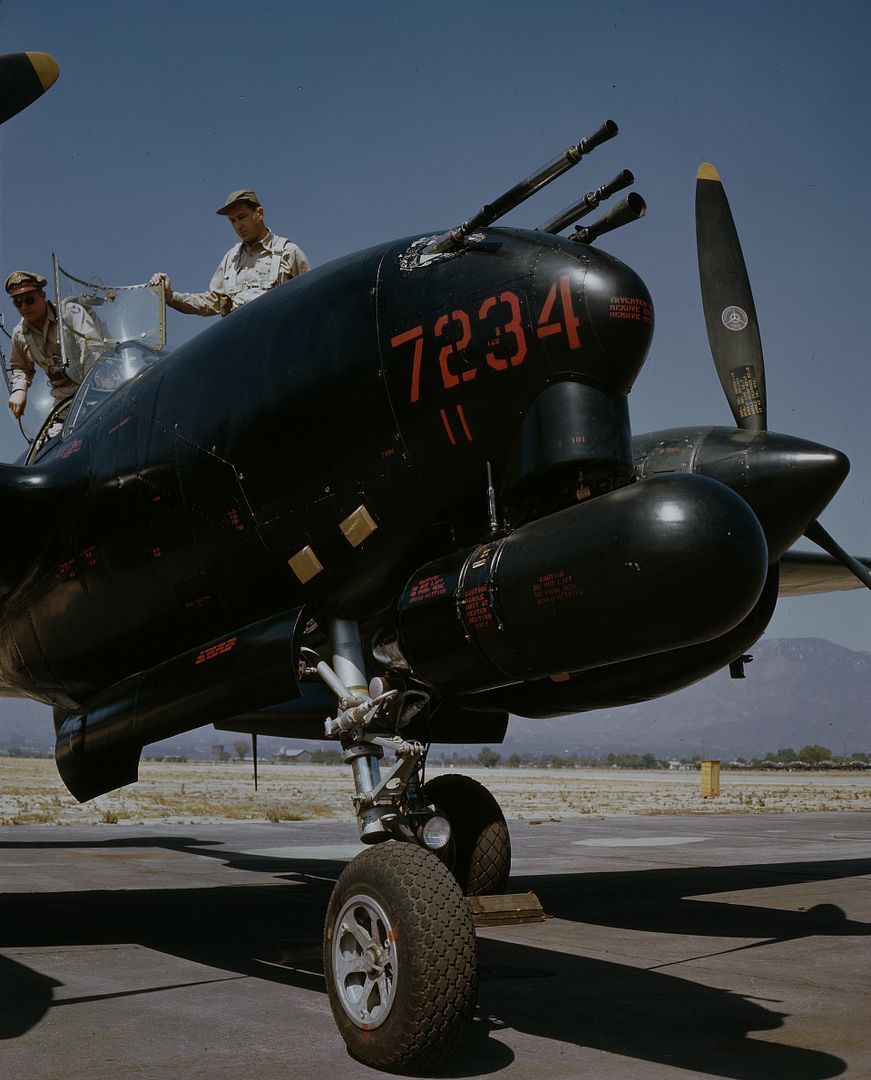
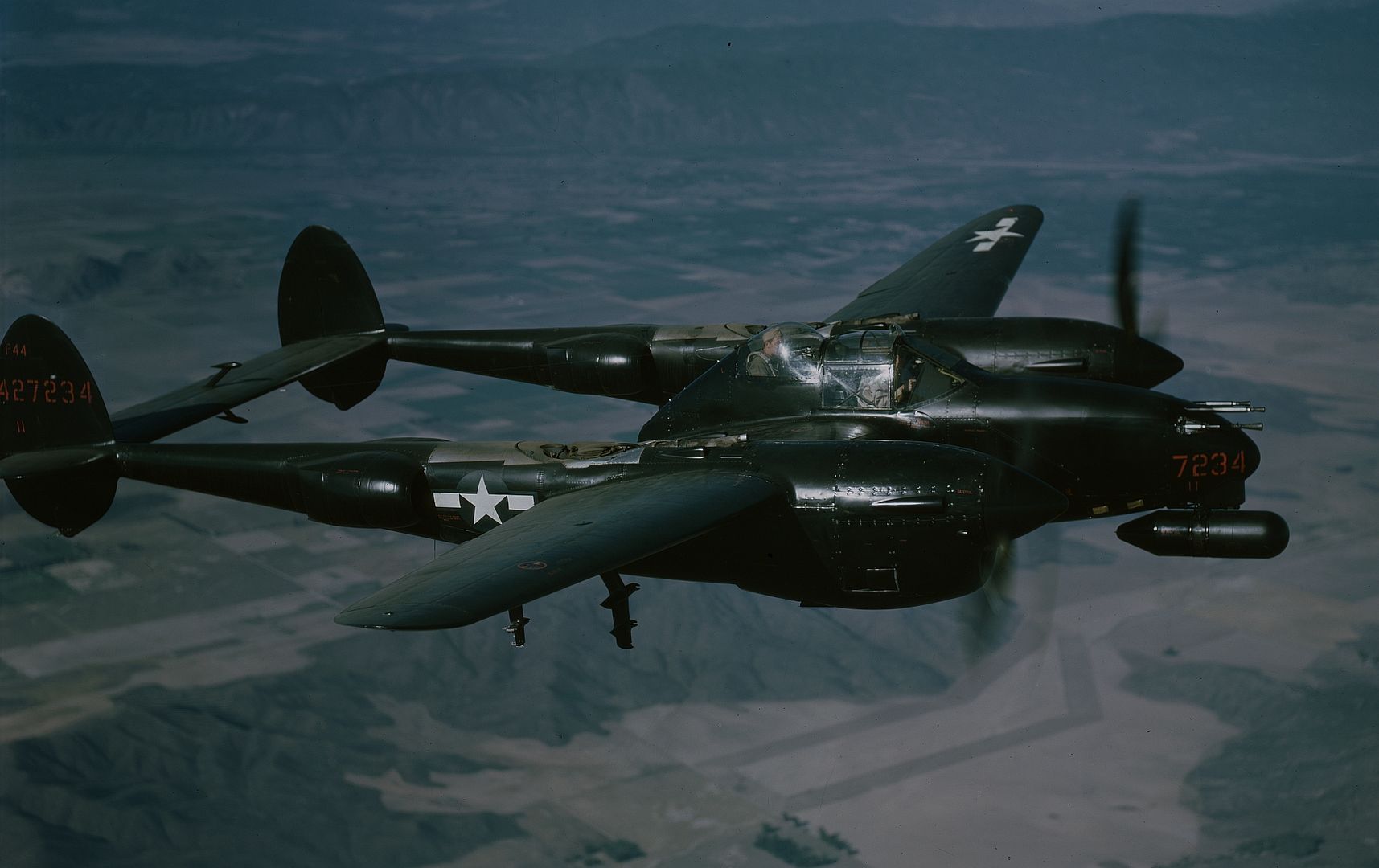
(Text from here - http://www.joebaugher.com)
Post a reply
- Go to Previous topic
- Go to Next topic
- Go to Welcome
- Go to Introduce Yourself
- Go to General Discussion
- Go to Screenshots, Images and Videos
- Go to Off topic
- Go to Works in Progress
- Go to Skinning Tips / Tutorials
- Go to Skin Requests
- Go to IJAAF Library
- Go to Luftwaffe Library
- Go to RAF Library
- Go to USAAF / USN Library
- Go to Misc Library
- Go to The Ops Room
- Go to Made in Germany
- Go to Campaigns and Missions
- Go to Works in Progress
- Go to Juri's Air-Raid Shelter
- Go to Campaigns and Missions
- Go to Works in Progress
- Go to Skinpacks
- Go to External Projects Discussion
- Go to Books & Resources
